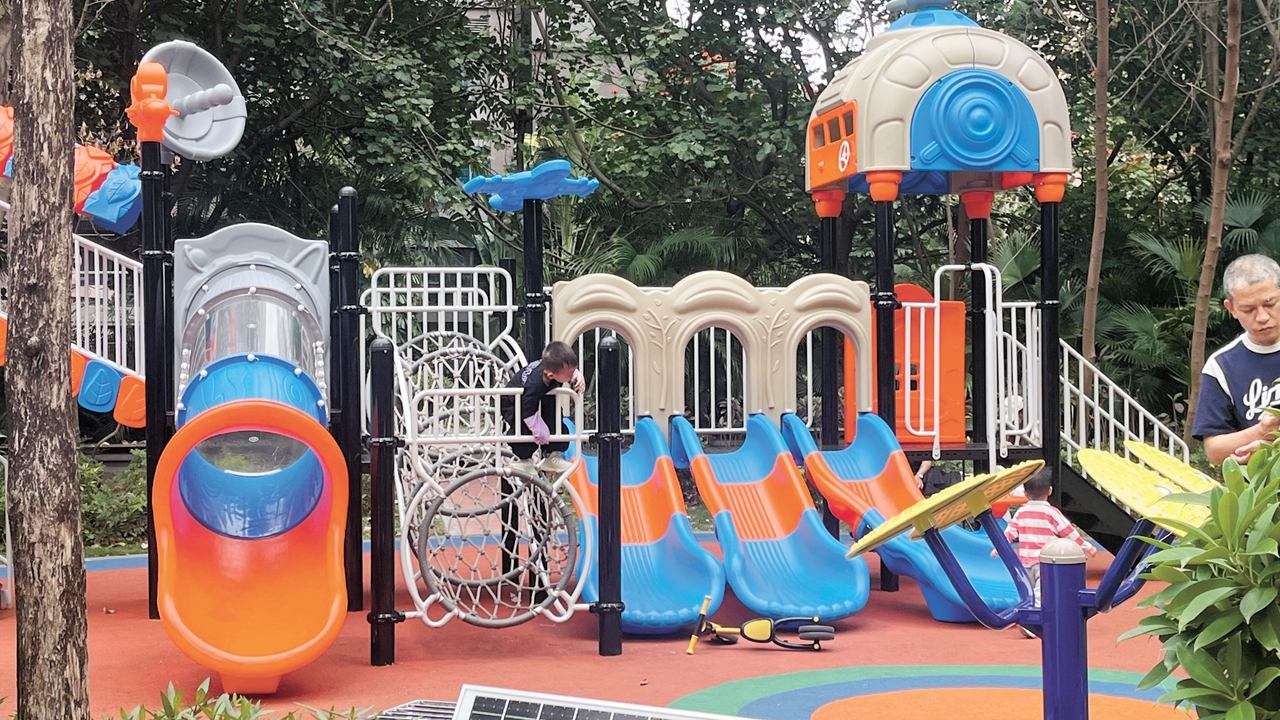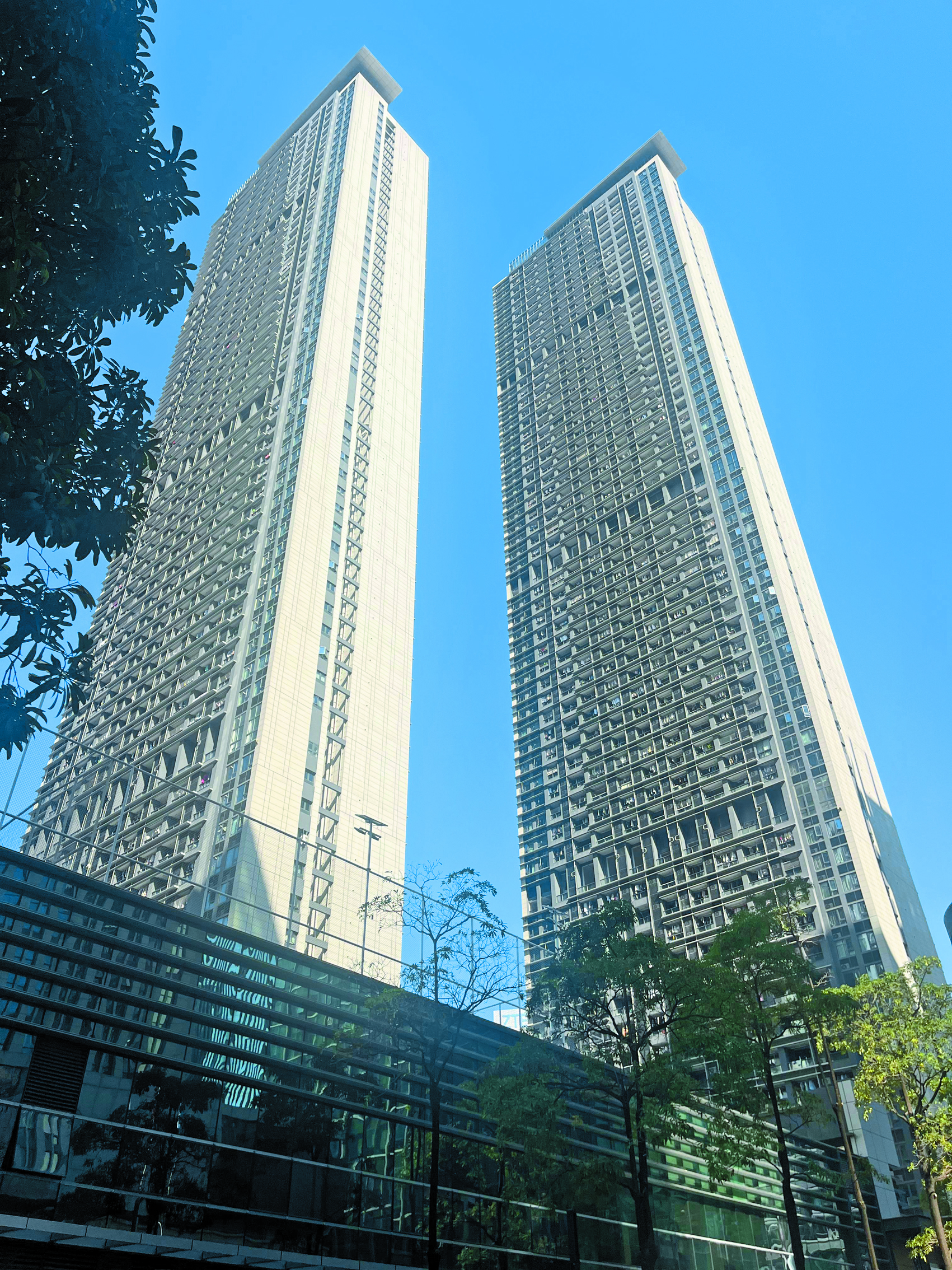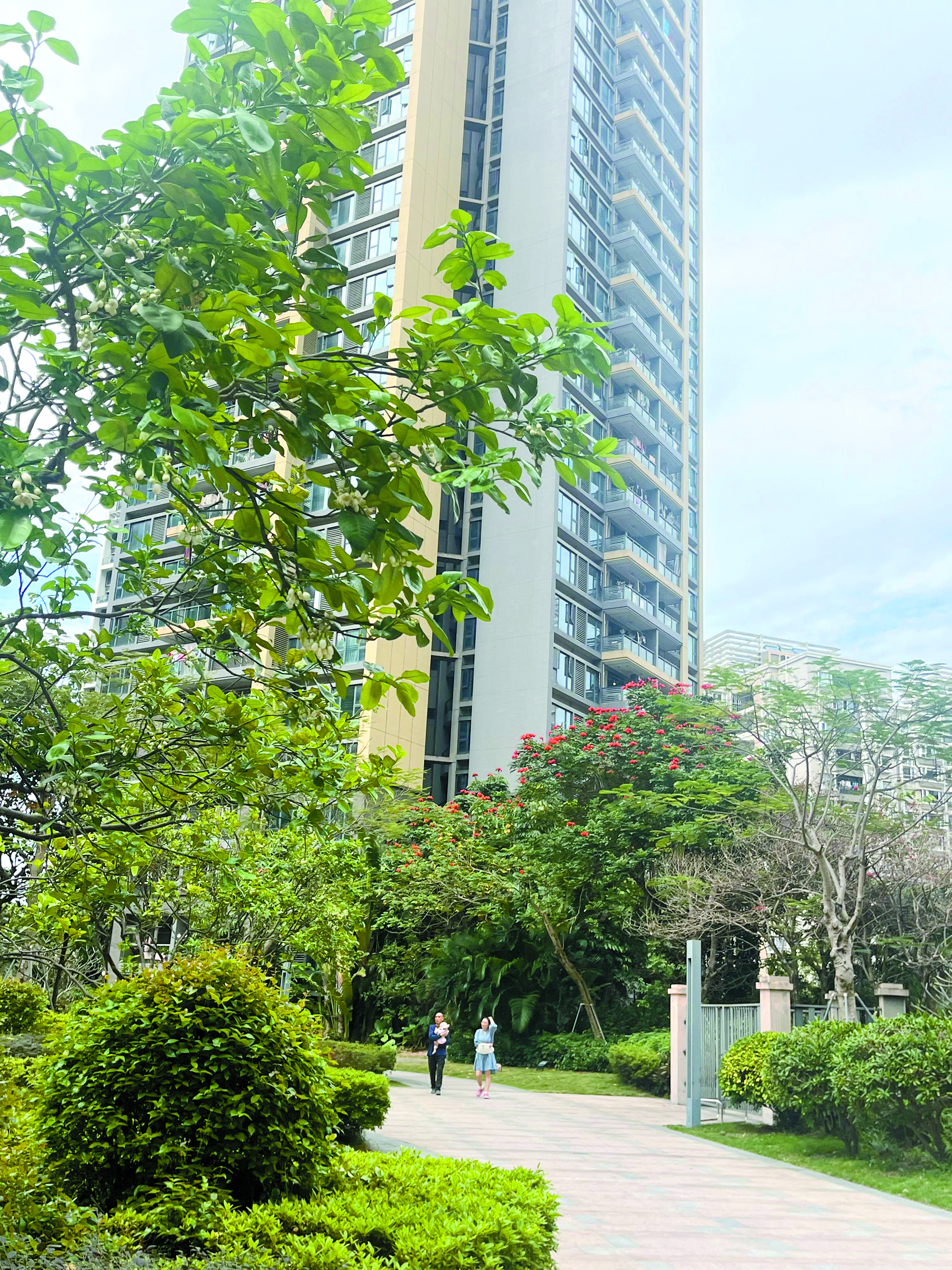Offering stability for more: Shenzhen expands access to affordable rental housing
Writer: Wei Jie | Editor: Lin Qiuying | From: Original | Updated: 2025-03-19
Less than two months after submitting an application for a new type of government-subsidized rental housing, Li Bing received the keys to a brand-new, three-bedroom apartment in Pingshan District.
The housing estate was one of the first included in Shenzhen’s new category of government-subsidized housing, which was released by the city government in November 2024. Before that, Li had been on the city’s waiting list for public rental housing for five years.
According to statistics quoted in local media reports, there were more than 430,000 households in Shenzhen on the waiting list for the original type of public rental housing at the end of 2024.
Govt.-subsidized housing program
Since 2023, this new category of rental housing has become a crucial component of the city government’s subsidized housing program, alongside public rental housing and shared ownership housing, which consists of previous types of affordable housing and talent housing. The program aims to address the city’s high housing prices, improve its attractiveness to top talent, and increase overall livability.
The three types of subsidized housing target different Shenzhen residents. The original type of public rental housing primarily serves individuals facing housing difficulties, as well as frontline workers in essential public services. Rent for such housing is capped at only 30% of the market rate, but it has stricter eligibility requirements compared to the new category of public rental housing. The new category, available to all Shenzhen residents who do not own property in the city, is set at a higher rate.

Children have fun in a playground in a residential garden in the Shekou area, Nanshan District. The housing estate provides the new category of government-subsidized apartments. Photos by Wei Jie
Shared ownership housing is mainly supplied to eligible Shenzhen residents without property and is offered at 50% of market prices — ownership is shared between the property owner and the city government. These apartments are legally prohibited from being publicly traded on the housing market. Instead, shared ownership apartments can only be internally transferred to other eligible residents or sold back to the government at the original price, plus bank deposit interest, but only after a minimum of five years.

A housing estate in Nanshan District's high-tech park area that contains the new category of government-subsidized apartments.
Nanshan District recently released a new batch of 10,404 rental apartments across 18 housing estates in the district. This follows two previous batches from the city’s housing and construction bureau, which offered a total of 6,304 apartments citywide in November and December, respectively.
A housing alternative
Although rent for these units is only set at 60% of market prices — double that of public rental housing — the application requirements for these rental apartments are more accessible.
Unlike public rental housing that imposes age and income restrictions, among other requirements, people with Shenzhen hukou and at least one year of social security insurance contributions in Shenzhen, but without property in the city, are eligible to apply.
“Our entire family is filled with joy at winning the new apartment through the lottery, even though its location is quite far from the city center,” said Li, a full-time mother of two.
Li’s new 86-square-meter apartment is located in a relatively remote neighborhood in Pingshan but only costs 1,800 yuan (US$257) per month. “To my knowledge, there are quite a few apartments available in this community. Not many people would choose to live in this location. I guess that’s also the reason I won the lottery for it,” said Li, who lives with her family in neighboring Huizhou City.
She noted that the apartment suits her family’s needs just fine. Her husband works in Pingshan, and the new home is conveniently located halfway to her son’s school, significantly shortening their daily commutes.
Li is now fully committed to customizing the new home for her family and expects to move in by May. Her husband makes frequent visits to the new apartment after work. “He just takes a look at the empty home and sits there for a while, alone,” said she, adding that after so many years in Shenzhen, they finally have a stable home and no longer need to move around, thanks to the new housing program.

Tenants take a baby for a walk in a residential compound in the Shekou area, Nanshan District. The housing estate is one of the major projects that offer the new category of government-subsidized apartments.
Tenants of such rental housing typically sign a lease contract with the relevant government authority every three years, but they can stay as long as they want provided that they meet all the requirements set by government regulations.
Lu Yaqi, in her early 30s, chose a one-bedroom apartment in Yuehai Subdistrict, Nanshan, after winning the first lottery Jan. 3. She moved into the apartment shortly after the Spring Festival holiday. “This is an interior-finished apartment, and I just need to buy some furniture and household appliances to move in,” said Lu, who placed online orders on the day she selected the apartment.
She pays 2,800 yuan per month for the 25-square-meter apartment, which averages around 3,000 yuan per month with utility bills and property management fees. “It’s still about 800 yuan lower than the apartment I used to rent myself in an old residential complex in Luohu District.” Although the apartment is fairly compact, its location is excellent, and it offers good views when the weather is nice,” said Lu, who works for a high-tech company in the China Resources Tower.
Su Yu and his girlfriend got to choose a rental apartment in Nanshan District after winning the second round of the lottery. “We felt so lucky among the more than 10,000 applicants and were thrilled when waiting for our turn to select an apartment,” said Su.
However, the young couple felt a little disappointed the moment they opened the door to their new home. “It’s so small that we wanted to return it,” Su admitted. The apartment measures barely 20 square meters in actual size, despite its stated construction size of 38 square meters.
“We decided to keep it considering that it costs only 1,900 yuan per month in Nanshan, which is actually a really good deal.” The couple, in their late 20s, is now customizing their furniture, trying to make the space as comfortable as possible within the limited area.
Rentals that feel like a home
Even though, technically speaking, these rental apartments are not the personal property of Li, Lu, or Su, these homes feel like their own because they don’t have to worry about being evicted by a landlord for one reason or another. As a result, they have taken a different approach to home decoration compared to non-government rented homes.
Li has spent more than 20,000 yuan customizing several cabinets, including those for shoes, TVs, the laundry area on the balcony, and a sideboard. “I also bought a nice couch, a set of kitchen appliances, and bathroom fixtures. The rest of the home appliances and furniture will be brought over from our previous apartment,” said Li.
“I am trying to make the new home as cozy and comfortable as possible,” she said, noting that her family plans to live in the apartment for at least 11 years, at which point her son will go off to college and her daughter, who was born last year, will become a junior high student. “We’ll make other plans at that time depending on whether we have enough savings.”
Lu’s one-bedroom apartment in Nanshan is more like a well-finished home, with more amenities in the kitchen and the bathroom. Still, Lu has spent approximately 16,000 yuan (plus national subsidies for home appliances) to furnish the entire apartment. She bought a washing machine, water heater, couch, and soft furnishings like curtains.
The amount she spent on decorating the apartment is equivalent to nearly five months of rent for her previous home. “I think the investment is worthwhile and quite cost-effective, especially considering that I’ll be living here long-term.” She even held a small move-in celebration last month.
Since tenants may reside in these apartments for as long as they want, provided they meet eligibility requirements, the longer they live in the apartments, the more justified their initial decorating investment becomes.

A tenant walks a dog in a residential compound in the Shekou area, Nanshan District.
Su even spent extra funds on soundproofing materials when decorating the apartment. “We treat it as our home where we have a life,” said Su.
Li mentioned that she sometimes feels pleased with their decision not to buy property like many of their peers in Shenzhen. “We won’t have to worry about a mortgage worth several million yuan, which would feel like a heavy financial burden. As long as we pay the 1,800 yuan rent each month, we can live comfortably as if this were our property.”
With various bills including property management fees and utility costs, Li’s family has around 2,200 yuan to pay each month. Their annual rent of just over 25,000 yuan annually is barely enough to buy one square meter of an apartment in the city, even in the peripheral Longgang District.
In addition to its affordability, government rental housing has other attractive qualities. For Lu, the friendly living atmosphere of her new community is very important. “Most of my neighbors are young people like me and have recently moved in. We share a lot of useful information and hang out together during our spare time. Just like the old Chinese saying goes, ‘Distant relatives are not as helpful as close neighbors.’”
Most of these government rental units are part of larger residential complexes that include resettlement housing, talent housing for enterprises, governmental affordable rental housing, and commercial housing. The special property structure within the community helps avoid complaints from owners who purchased commercial housing at full price.
Chen Yue, who also secured such an apartment in the first round of the lottery, now lives in a three-bedroom unit with his family of five. “The residential compound is not very large. We share a garden, a children’s playground, the underground parking lot, and other common areas with the commercial housing owners. Even though I haven’t spoken to any of them, I haven’t heard any complaints from them either.”